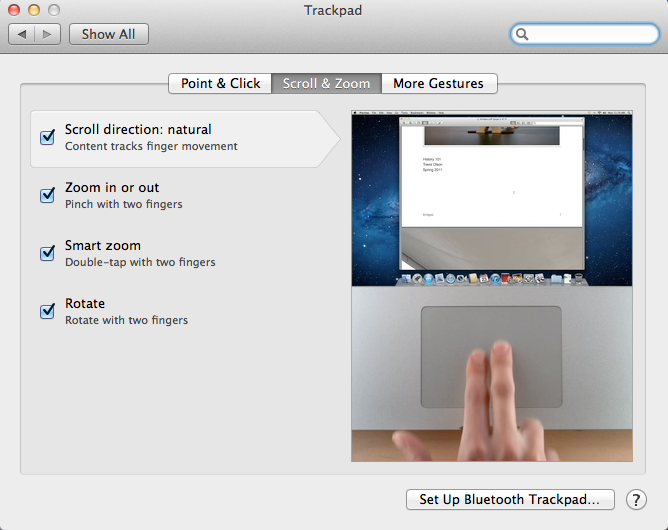There was plenty of chatter about RSS over the weekend, mainly because of this “you’re doing it wrong” article on Ars Technica.
Most of the responses I’ve seen are strong defenses of RSS, and I’m happy about that. There has been so much talk about Twitter replacing RSS that I’ve been wondering if anyone else still uses it as much as I do. In fact, because of the iPad and apps like Reeder, my RSS usage is at an all-time high.
Marco Arment argues for a combined Twitter/RSS setup:
I can follow tons of low-traffic sites and keep my reading list more diverse than if I relied only on social links, but other people ensure that I never miss anything great on the high-volume sites.
Ben Brooks has a different use case (more similar to mine) – he subscribes to lots of feeds, but he doesn’t allow the unread count to bother him. He makes a good point about not blaming RSS if you feel overwhelmed:
A tool is a tool. Should I get mad at my car because there are thousands of miles of road I haven’t driven yet to drive? No. If you don’t like RSS don’t use it. If you want to use it but don’t want to have thousands of items, then use it like Marco does. Or use it like I do and check the feeds more often.
But of course, no discussion on RSS is complete until its creator weighs in. Dave Winer blames feed readers (like Google Reader) and their insistence on showing you how many unread items you have, and asks us to separate that from the technology itself:
If you miss five days of reading the news because you were on vacation (good for you!) the newspaper you read the first day back isn’t five times as thick as the normal day’s paper. And it doesn’t have your name on the cover saying “Joe you haven’t read 1,942,279 articles since this paper started.” It doesn’t put you on the hook for reading everything anyone has ever written. The paper doesn’t care, so why does your RSS reader?
These guys all make a very good case for RSS so I’m not going to say too much more about it. I do want to add something I haven’t seen mentioned before though: using folders in your RSS reader to help manage the deluge of information. Here is a screenshot of my folder structure in Reeder:

I have a certain set of blogs that I tag as favorites, and those are the ones I read first. If ther’s time I move on to the others.
Note that I have a folder called “Large tech blogs”. The usual suspects are in there: TechCrunch, Mashable, Ars Technica, Wired… These blogs post a lot, so when the unread numbers get out of control I typically just scan some headlines and then mark all as read. With the big blogs I know that if something is really important, Twitter will tell me.
RSS will remain an important part of my workflow, and since I turn dock unread badges off, I don’t feel like my app of choice is silently judging me.
Setting up folders and actively managing your RSS feeds is hard work. But the payoff is huge for me – I can quickly get a broad overview of what’s going on in the industry without having to rely on the fleeting nature of a tweet coming across my timeline.
I’m a die-hard fan.
(By the way, if you’re interested in following my shared items, you can do so here)

